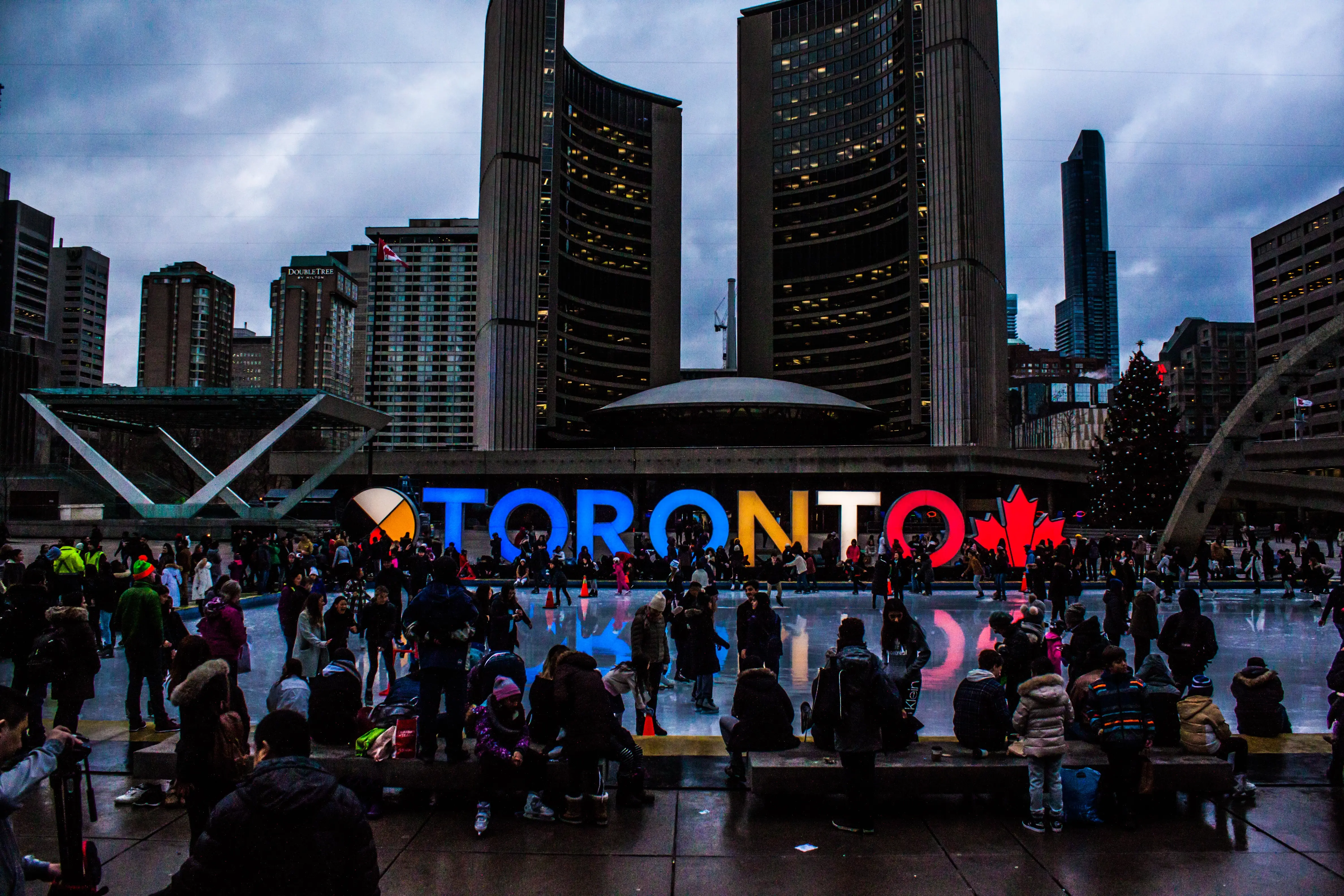Toronto is a city that has continued to grow and now hosts vast cultures due to increased immigration rates since its inception in 1793. The interaction among individuals from cultural diversities and the businesses established has brought a continuous change to the city. The change gives rise to the gentrification theme, which has played a huge part in this city, thus, shaping how it is viewed. Through gentrification theme analysis, the improvements of Toronto’s neighborhood, 78-Kensington (Chinatown), will be discussed in this paper. The key aspects that will be covered include the in-depth of gentrification from its evolvement since the late 19th Century. The essay will also cover the effects of gentrification on the business improvement area of Kensington. Adequate valid resources are available to provide sufficient evidence of how gentrification has affected Chinatown and will be utilized to provide detailed information to uncover events.
The gentrification process has been observed in almost all nations where change is paramount. Therefore, gentrification can be defined as the process of transforming working-class or vacant areas of a city into middle or upper-class use (Chum, 2015). The United Kingdom is marked as a unique nation where gentrification was first observed in the 20th Century. For instance, in the 1970s, the first wave of gentrification enabled the government to use policies to initiate gentrification processes (Lees, 2003). Nations such as Canada and the United States have also witnessed the most detailed gentrification processes that are worth studying (Lees et al., 2013). In the 19th Century, mass migration of individuals occurred from Britain to North American cities. Currently, the process has been significant to numerous nations which follow suit. In Toronto, the gentrification process is an element that has saved the city through class transformation. In ancient times, economically underprivileged people resided in the inner city while the privileged lived in the suburbs. Changes made to avail an area for upper or middle-class use led to mass displacement of minority groups.
References
Chum, A. (2015). The impact of gentrification on residential evictions. Urban Geography, 36(7), 1083-1098. https://doi.org/10.1080/02723638.2015.1049480
Lees, L. (2003). Policy (re) turns: Gentrification research and urban policy–urban policy and gentrification research. Environment and Planning A, 35(4), 571-574. https://doi.org/10.1068/a3504com
Lees, L., Slater, T., & Wyly, E. (2013). Gentrification. Routledge. https://doi.org/10.4324/9780203940877








